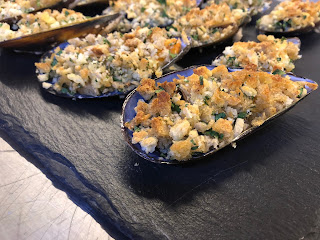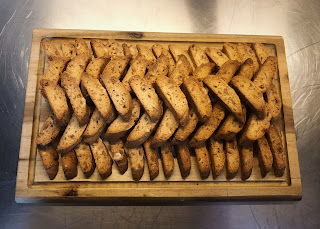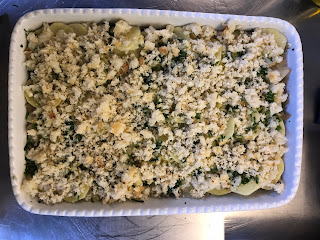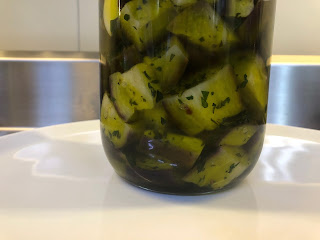First day of Northern Italian Regions: Marche

The region of Marche is located on the Adriatic sea (Eastern Italy) and is north of Abruzzo and east of Umbria and Rome. This region focuses on simple, but extremely flavorful food. From warm beaches of Riviera del Conero to the snow capped Monti Sibillini, this region has weather of all kinds. Between the beaches and the mountains, there are flat lands that are famous world wide. They produce legumes, especially lentils, with no pesticides, all organic! The dishes we created today were all traditional dishes of the Marche region. Here is some of the dishes and notes I have about them: Vincisgrassi This is layered similar to a lasagna, but has a ton of layers, expanding up to 32! This dish is layered with a ragu sauce containing panchetta, chicken livers/hearts, ground beef, and ground pork. The flavor from this sauce is unlike any other because of the presence of the livers and hearts. They add a flavor to it that is sweet and salty. The layers are made up o...









